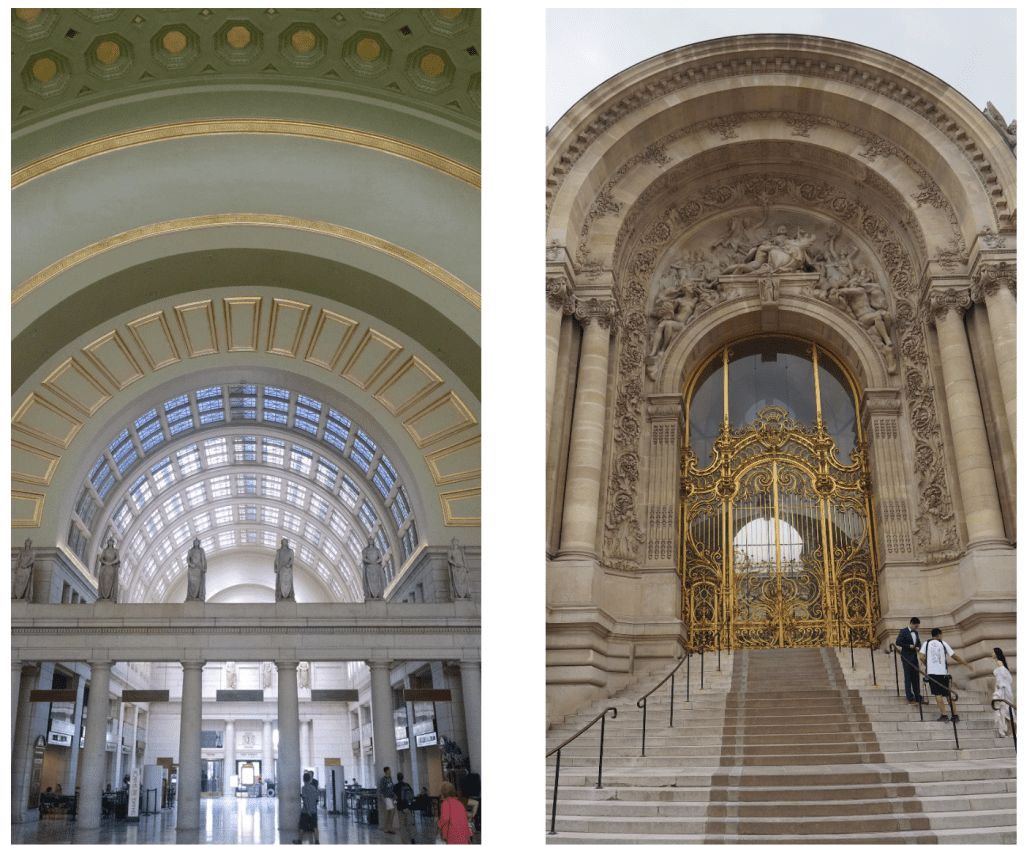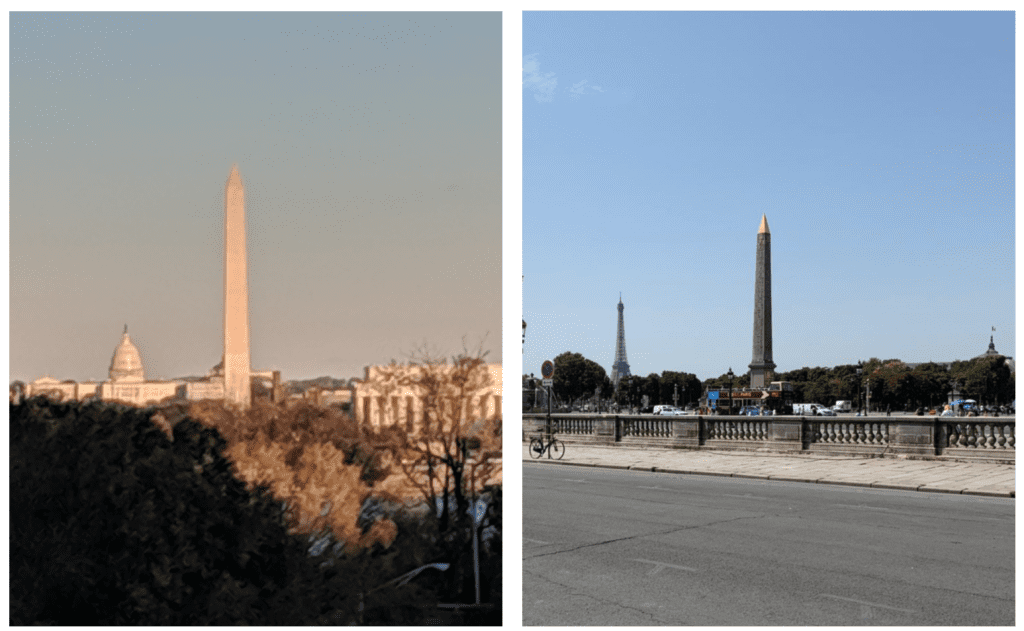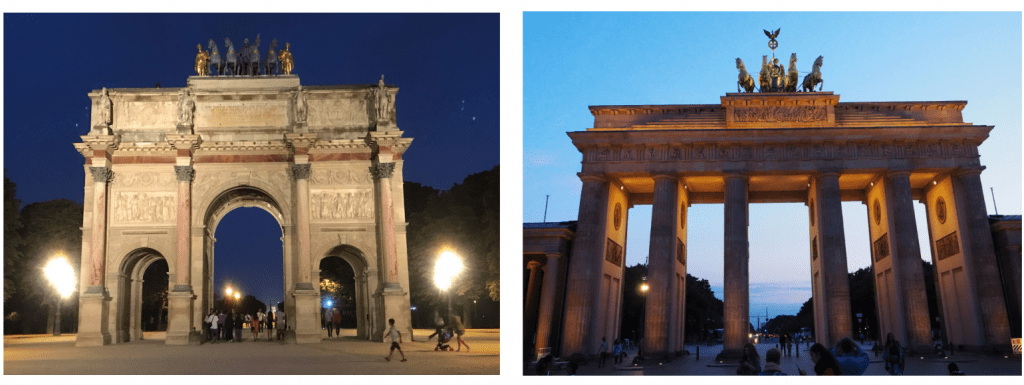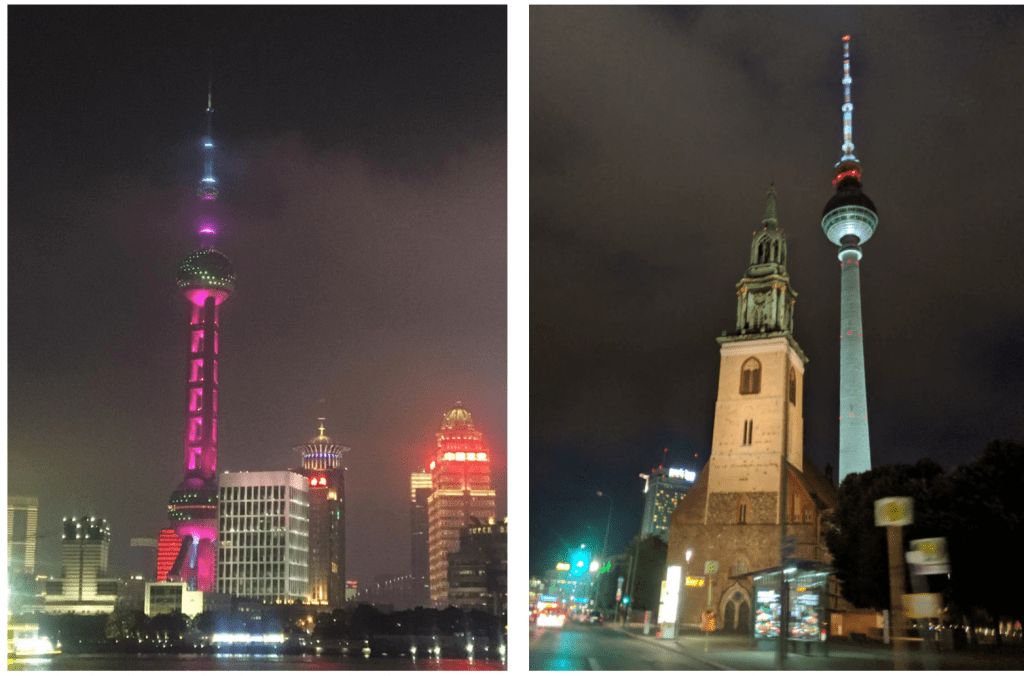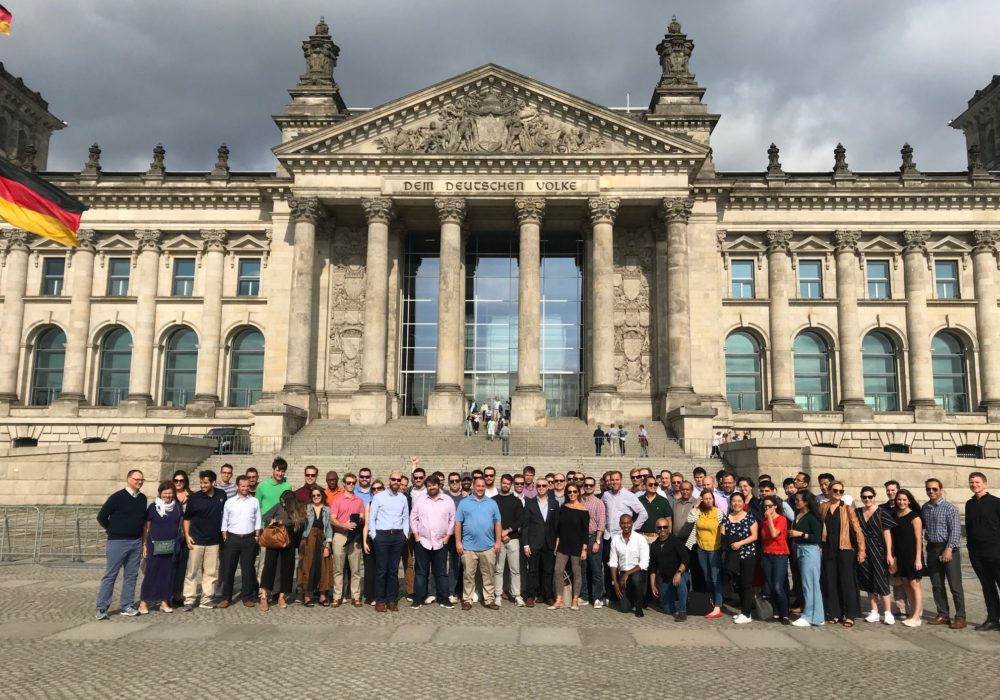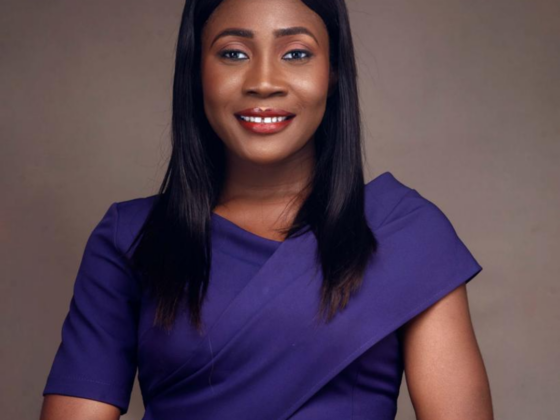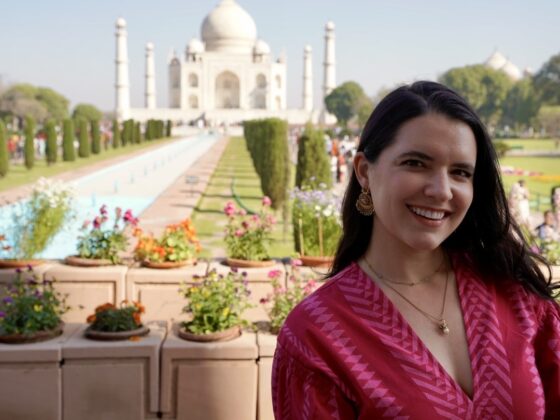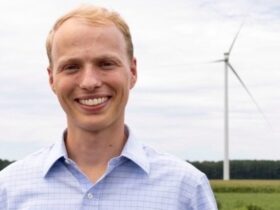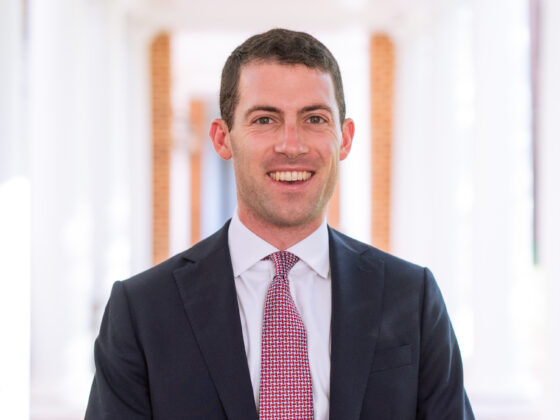This is the last post in a three part series from Tom Kim (Executive MBA Class of 2020) about his experiences during the Darden Executive MBA Europe Global Residency.These are his concluding thoughts after his time in Berlin and Paris.
“The enduring strength of cities reflects the profoundly social nature of humanity. Our ability to connect with one another is the defining characteristic of our species.”
Edward Glaeser, Triumph of the City
Cities manifest the connectedness of humanity through ideas put into action. They are nodes in a larger global network that enable people (or groups of people) to transfer ideas to one another, to embrace them, and to build them. In visiting Berlin and Paris, I could see in ever more clarity that we are connected creatures, bringing ideas to fore with exertion, energy, and imagination. It risks sounding cliché that we live in a globalized world, but I could see with increasing clarity the degree to which ideas are expediently and efficiently shared and lived. Cities are connected and so are we. Allow me to make some connections between the two cities in this final post: one contemporary and the other historical.
During our residency, we toured APX, a tech incubator based in Berlin, and Station F, another tech hub based in Paris. On separate visits, we viewed their respective pitch sessions, which were remarkably similar to the successful Silicon Valley mold that has taken hold in many cities that aspire to be the next start-up hub. These ventures attempt to replicate Silicon Valley’s success in global cities like Berlin and Paris, but there are many more. Charlottesville has its own iLab incubator; Richmond has StartupVirginia; and Washington DC, 1776, among many other incubators to just name a few. Such globalized exchanges of ideas, their replication and interpolation, are nothing new.
In 1919 Germany, for example, a visionary architect named Walter Gropius founded The Bauhaus, one of the most influential schools of modern design. Their famous (and very familiar) motto is form follows function. Gropius would eventually open another school location in Berlin, where there is a museum of it today. The school would claim many architectural disciples, two of whom were I.M. Pei and Norman Foster. Pei, a Chinese-American architect, who designed buildings all over the world, is best known for designing the Louvre pyramid in Paris, which stands as an incredible achievement of building iconography. Foster, a British-born architect, in a very interesting cultural boomerang of sorts designed the dome that sits atop the German Reichstag. Many more historical examples of the global exchange of ideas existed before this.
The global residency in Europe has been an extension of what has been an inherently global program. My Executive MBA cohort spends alternating residencies between Charlottesville and Rosslyn, Virginia, both of which are international centers in their own right. Charlottesville attracts faculty and students from all over world. Even for the students who we were domestically born, many have extensive cross-cultural or foreign experiences, as our class claims several bilinguists and a few polyglots. Rosslyn sits across the Potomac from the nation’s capital, whose metropolitan area is filled with the foreign embassies, prominent NGOs, federal departments, and global companies that have influence all over the world. Those organizations are conduits for reciprocating domestic and international influence.
What comprises cities at their core is not a building or a business model, but the connectedness of people in relationship with one another. At the heart of my global experience is a deeper understanding of how our human relationships drives our decision making in different cultural and ethical contexts. Our decisions are rarely made in isolation, if at all. Whether we consider the many decisions that led to moral failures in Europe, or the countless number of beautiful places that dot every square in a romantic city, a collective group of individuals decides how they will live together. The notion of individual and collective agency inspires me to believe that we can build a better future for ourselves and for the world, whether in Charlottesville, Rosslyn, or anywhere else around the globe.
Enjoy the below photos, noting similarities in the built spaces from this recent global residency and others my classmates attended that serve as historical and contemporaneous examples in how ideas interact internationally.
Photo Recognition: Thank you to my fellow classmates in providing the following pictures: Sandesh Ballikar, Katie Bolton, Dan McDonough, Ryan Kamauff, and Brett Sullivan.
Class Picture (above): Reichstag (Berlin, Germany) Ladi Carr.
